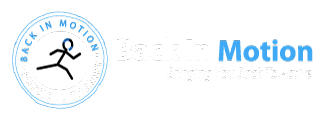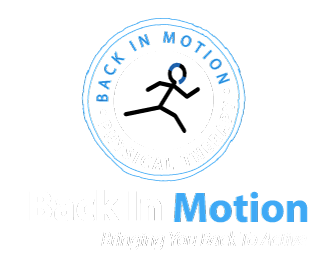- Self Help Tips!
Take Frequent Breaks:
Change positions regularly to give your muscles the rest needed to support you better when you return. If you’re sitting, stand up. If you’re bending over, stand and arch backward. A 60 second break every 20 minutes is ideal.Walk 30-minutes briskly on a flat surface. Its important to keep your body’s circulation working well. This helps to increase healing. If pain arises take breaks as needed.
- Apply ice:
Should your pain become severe, apply ice to the area for 20 minutes. Do not put directly on the skin.
- Do not sit longer than 15 consecutive minutes.
- Use foot ease, curb, etc. for one leg during prolonged standing to lower pressure on your back.
- Sleep on your side with pillows below the knees or on back with pillows under your knees.
- Move little and often. You may not feel the effects of what you are doing until later in the day or after you have gone to bed.
- Avoid heavy lifting or pushing (supermarket trolleys can be particularly painful).
- When dressing, sit down to put on clothing such as your knickers or trousers. Pull the clothing over your feet and then stand up to pull them up. Don’t try to put your legs into trousers, skirts or knickers whilst standing up.
- When climbing stairs, go up them one step at a time. Step up onto one step with your best leg and then bring your other leg to meet it. Repeat with each step.
- Avoid swimming breaststroke if you can and take care with other strokes. Swimming can often feel like it is helping whilst you are in the water but cause an increase in pain when you get out.
- Cut down on stimulants e.g. nicotine and caffeine as they aggravate pain.
Women and Pregnancy:
- Performing regular pelvic floor exercises and lower abdominal exercises can help to reduce the strain of the pregnancy on your pelvis. To perform a safe and easy lower abdominal exercise, get down onto your hands and knees and level your back so that it is roughly flat. Breathe in and then as you breathe out, perform a pelvic floor exercise and at the same time pull your belly button in and up. Hold this contraction for 5-10 seconds without holding your breath and without moving your back. Relax the muscles slowly at the end of the exercise.
- Use a pillow between your legs when sleeping; body pillows are a great investment!
- Use a pillow under your ‘bump’ (pregnancy tummy) when sleeping.
- Keep your legs and hips as parallel/symmetrical as possible when moving or turning in bed.
- Some women also find it helpful to have their partners stabilize their hips and hold them ‘together’ when rolling over in bed or otherwise adjusting position.
- Some women report a waterbed mattress to be helpful.
- Silk/satin sheets and nighties may make it easier to turn over in bed.

